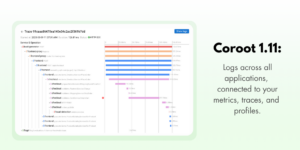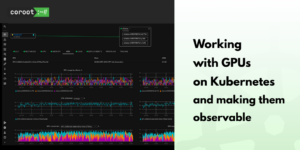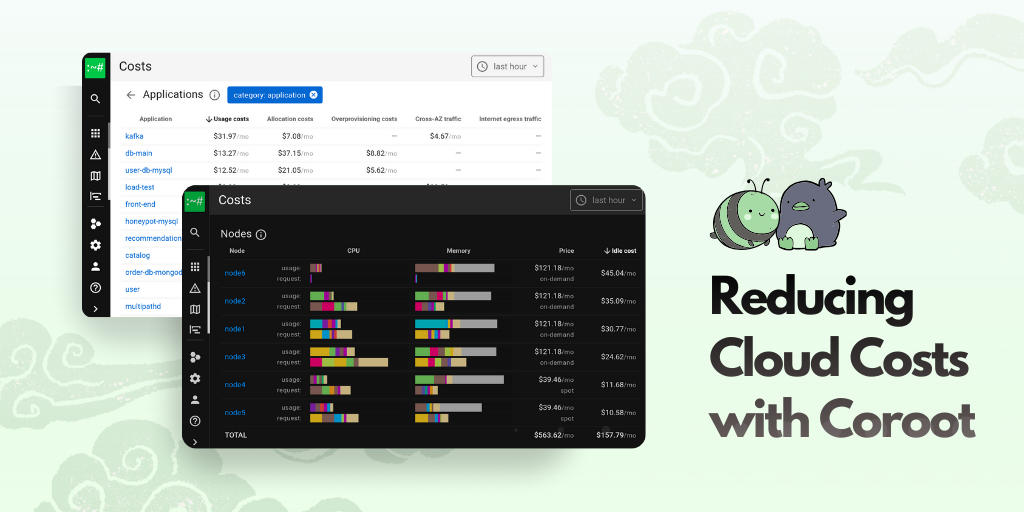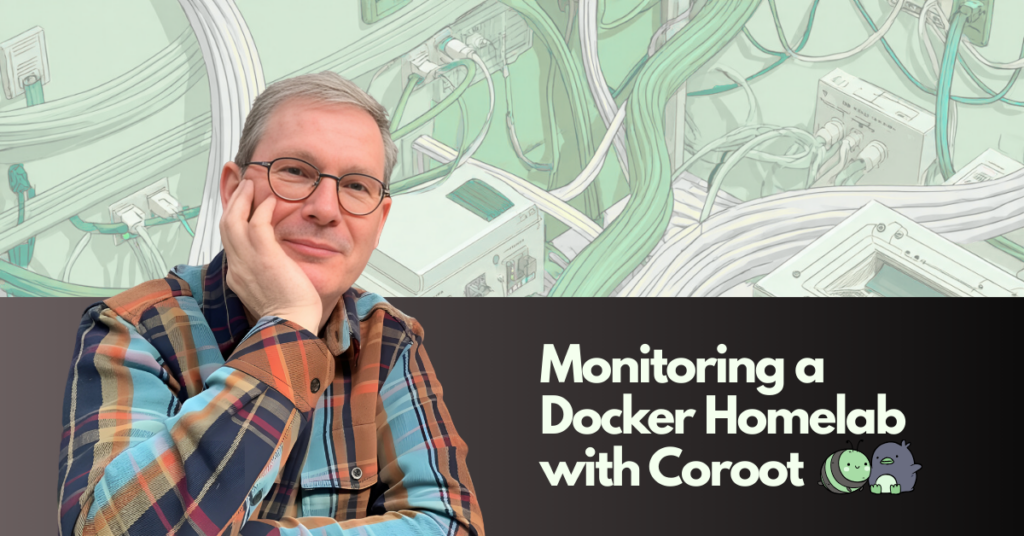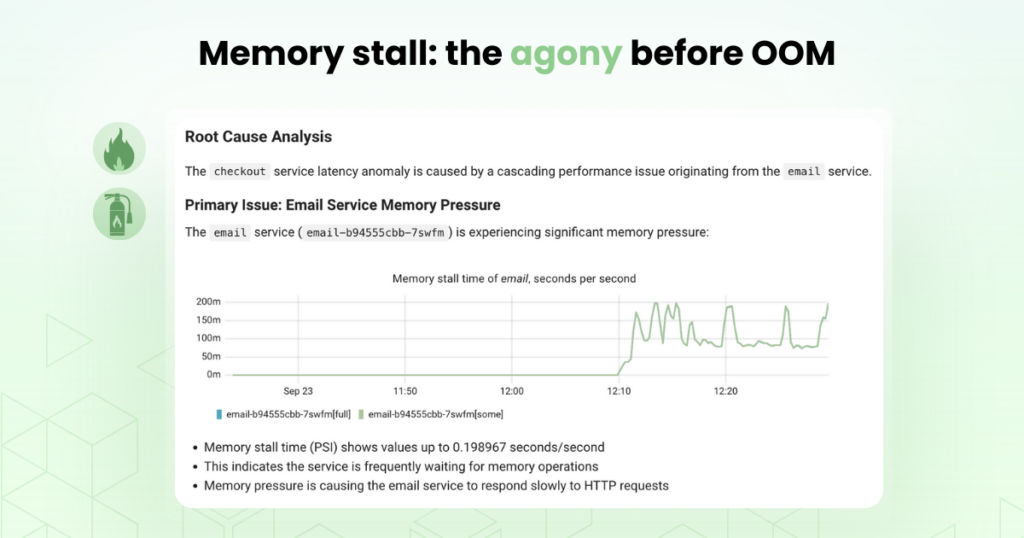Most of the time, nothing’s broken. Traffic’s flowing, alerts are quiet, and everything seems fine. That’s peacetime, when no one’s getting paged.
Coroot helps in both peacetime and wartime. When things go wrong, it guides you to the root cause fast. But during peacetime, it helps you spot risks early, clean up inefficiencies, and prevent those incidents from happening in the first place.
Peacetime ≠ Passive
During peacetime, you’re not chasing incidents, you’re:
- Checking for risky deployments
- Validating that SLOs are still realistic
- Cleaning up unused resources
- Looking at trends before they become problems
- Making sure your infra costs don’t slowly spiral out of control
This kind of work often gets pushed aside during wartime. But ironically, it’s the best way to reduce how often wartime happens.
Risk Insights
Risk management is a core part of how SREs approach reliability. It’s not about fixing every possible problem. It’s about asking what could go wrong and being ready for it.
Some risks are fine to live with. Maybe they’re low impact, unlikely to happen, too expensive to fix, or just not a priority. Others are quick wins that are worth taking care of. But as systems grow and change quickly, it becomes hard to keep track of these risks manually.
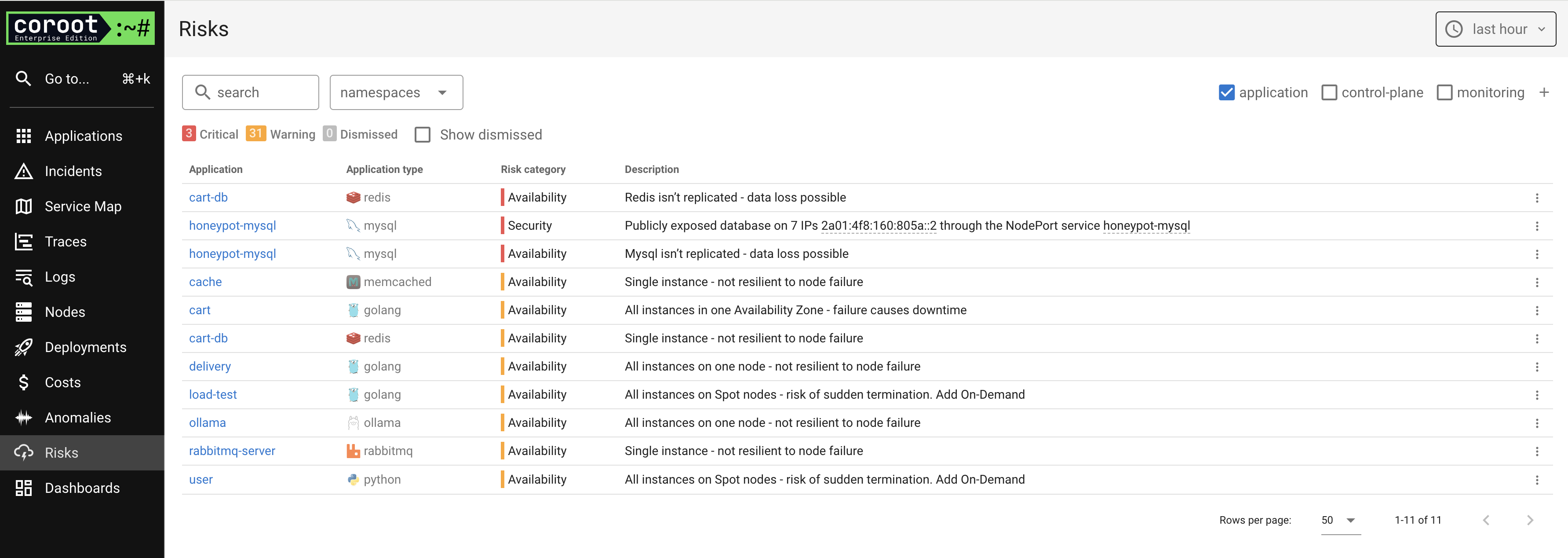
That’s where automation helps. Coroot Risk Monitoring continuously scans your infrastructure and surfaces availability and security risks such as:
- Single-instance applications: A single pod is easy to overlook, but it creates a single point of failure. If the node goes down, your service goes offline until the pod is rescheduled. That might only take a few seconds, or it might take minutes, depending on the workload and cluster state.
- All instances on one node: Kubernetes doesn’t guarantee spreading pods across nodes unless you explicitly configure it. That means all your replicas can end up on the same node. If that node fails, the whole service disappears, even though you thought it was redundant.
- All instances in one Availability Zone: Some clusters span multiple zones, but your workloads might not. If all replicas land in the same AZ, a zone outage (network partition, EBS failure, power issue) can knock everything out. This is one of those risks that often goes unnoticed until it’s too late.
- All instances on Spot nodes: Spot instances are great for saving money, but they can be reclaimed by the cloud provider at any moment, and with very little notice. If all your replicas are running on Spot, they can vanish at once. Your app might take minutes to recover, or worse, never come back cleanly.
- Unreplicated databases: For stateful workloads, availability and durability come down to storage. If your database pod is using local storage and the node fails, you might lose data. Even with cloud volumes like AWS EBS, failover takes time. And although rare, EBS volumes do fail, AWS reports an annual failure rate of 0.1 to 0.2 percent.
To avoid overwhelming you with noise, Coroot filters out irrelevant or expected situations. For example:
- If your entire cluster is in a single Availability Zone, it won’t flag that as a risk.
- If a service doesn’t handle traffic or communicate with others, availability checks are relaxed.
- You can dismiss any risk manually with one click, so it doesn’t keep reappearing.
- Risk checks automatically apply to new deployments — no need to reconfigure anything.
These risks won’t show up in your alerts, but they’re the kind of problems that turn small failures into major outages. Peacetime is when you fix them without the pressure.
Cost Monitoring
Peacetime is the righttime to look at how much your infrastructure really costs. In Kubernetes, that’s not always easy because resource usage is abstracted behind pods, nodes, and autoscalers. Everything feels kind of managed until the cloud bill lands.
Coroot helps make sense of it. It shows CPU and memory usage per service, applies real pricing whether you use cloud, bare metal, or a hybrid setup, and gives you a clear view of what each part of your system is actually costing you.
You can plug in your own pricing, including spot discounts or custom rates. And it doesn’t stop at CPU and memory. Coroot also shows where your network traffic is hitting your wallet.
It surfaces cross-AZ traffic between services, which adds up fast in most cloud setups. It also shows egress traffic to the internet or other regions. Sometimes this comes from misconfigured services or just things no one realized were that chatty.
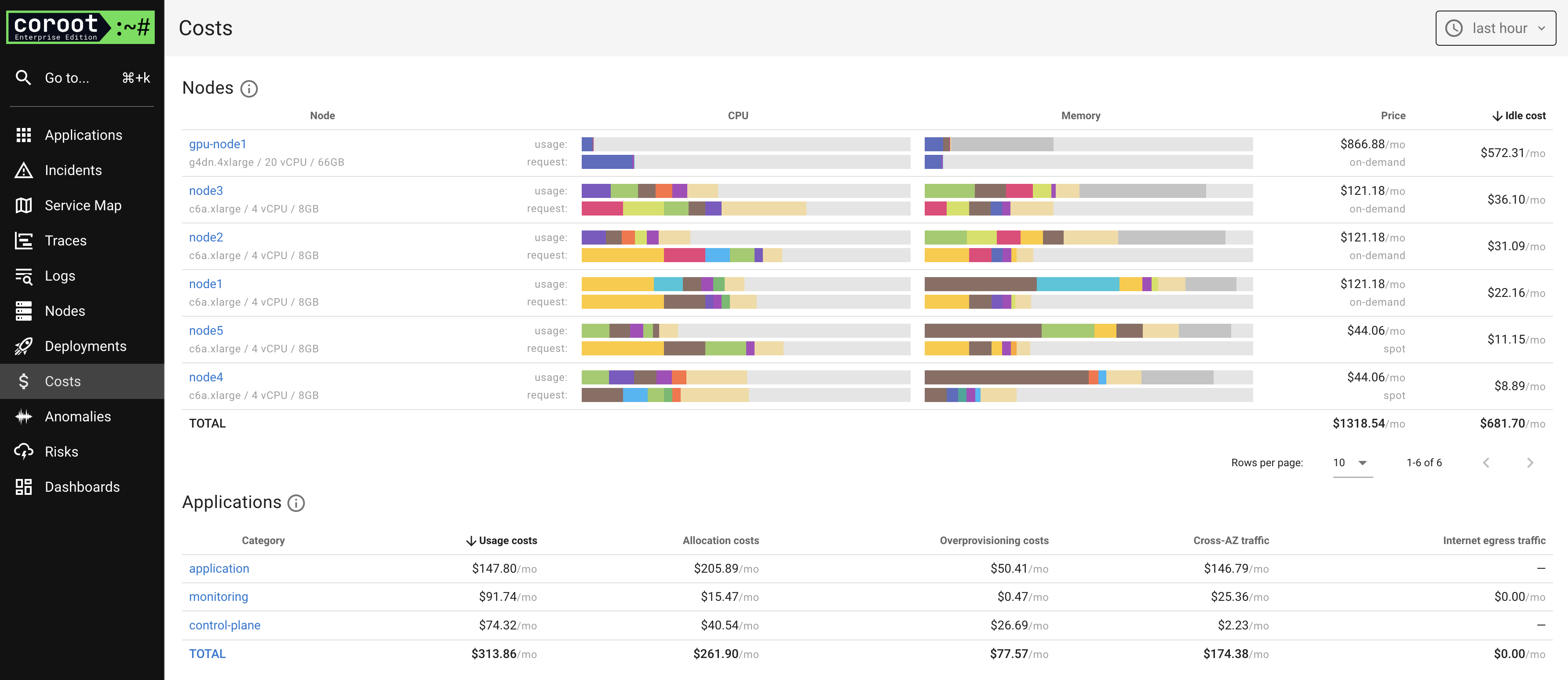
Suddenly it’s easy to answer questions like what’s eating up the most budget, whether you are overprovisioning anywhere, how much you’re paying just to move traffic around, and if an expensive workload is actually worth it.
This isn’t just for finance teams. Engineers get instant feedback on how their apps consume resources and how that translates to cost. It becomes part of everyday decision making, not something you figure out once a quarter.
Best of all, none of this requires any integration — not with our app, and not with your cloud account. Coroot uses eBPF to collect resource usage directly from the Linux kernel and combines that with metadata from your cloud provider’s APIs, so it can figure everything out without any manual setup.
Peacetime is perfect for this kind of cleanup. No pressure, no incidents, just space to understand what’s happening and tighten things up.
Conclusion
Peacetime observability isn’t just a luxury, it’s essential. It gives you the chance to find hidden risks, control costs, and improve your systems before things break. With the right tools, like Coroot’s risk insights and cost monitoring powered by eBPF and cloud metadata, you don’t need to wait for an incident to start making your infrastructure healthier and more efficient.
Use peacetime wisely: catch problems early, cut unnecessary costs, and be ready for whatever comes next. Install Coroot Community or Coroot Enterprise Edition today!

